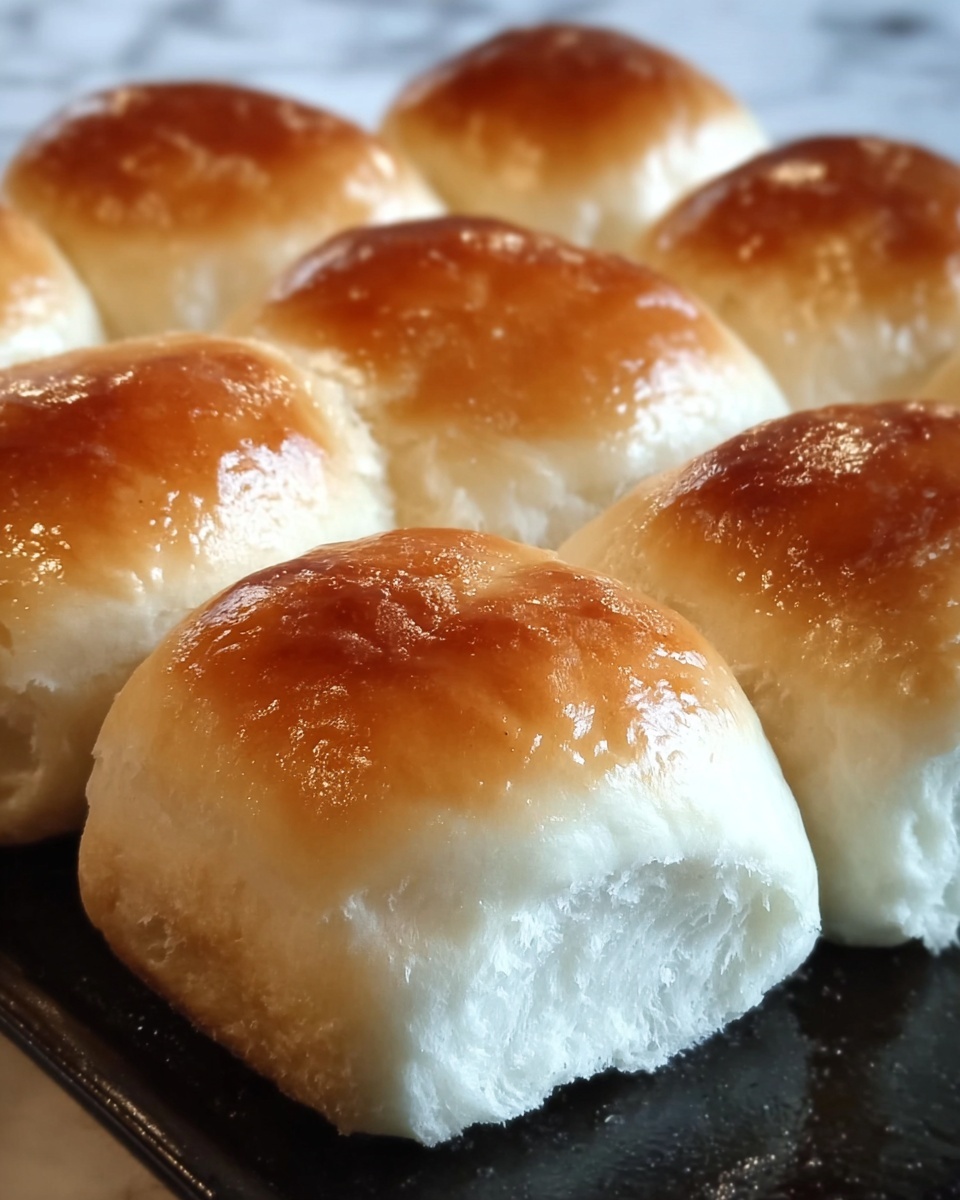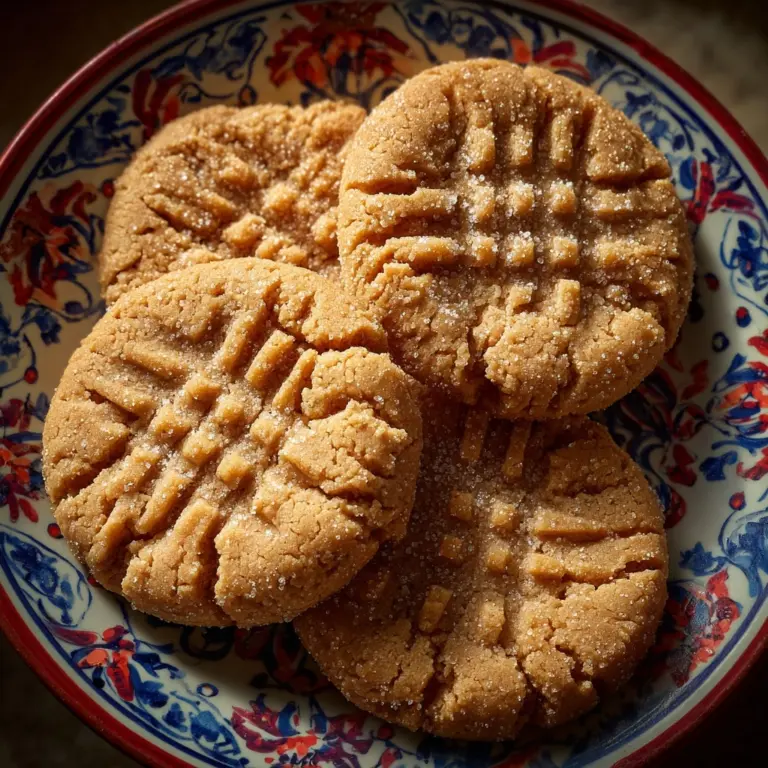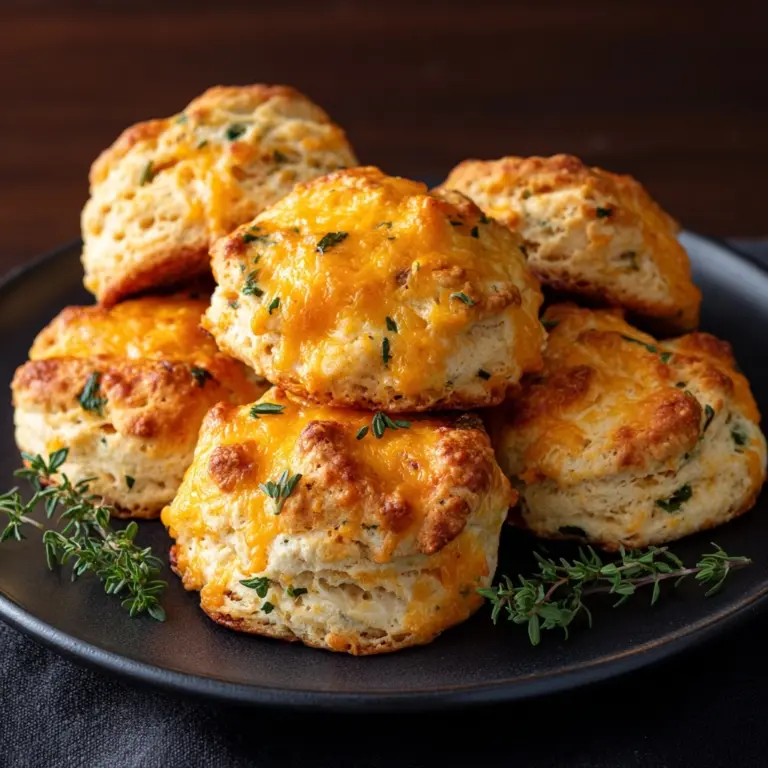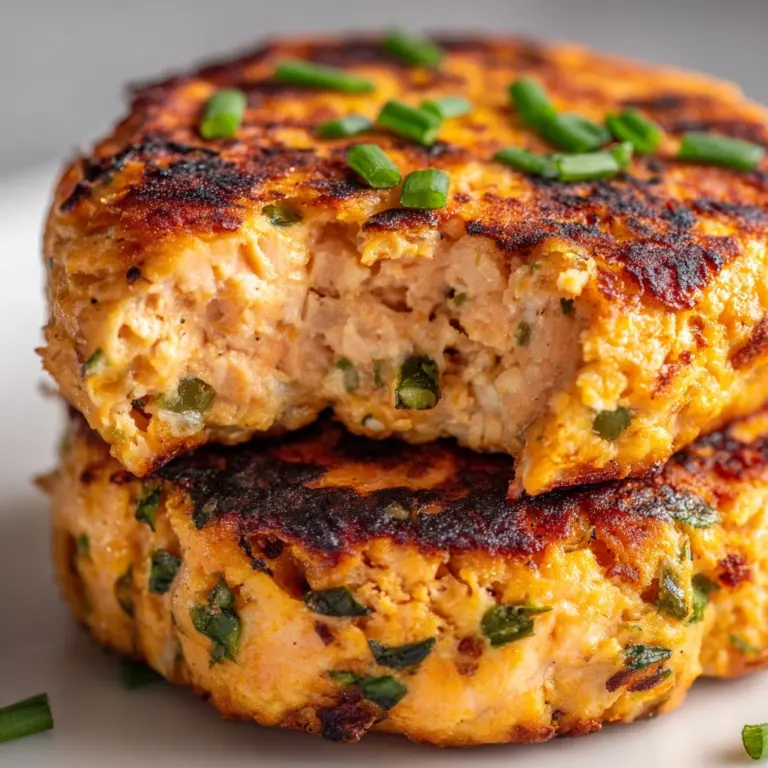If you’re searching for a bread recipe that feels like a warm hug, then look no further than the Parker House Rolls: Soft, Buttery Perfection Recipe. These rolls are the epitome of comfort food, boasting a tender crumb and irresistibly buttery exterior that practically melt in your mouth. Originating from the historic Parker House Hotel in Boston, this recipe brings a timeless classic to your kitchen, perfect for family dinners, holiday feasts, or any time you crave that golden roll with a soft inside and just enough buttery richness to make every bite unforgettable.
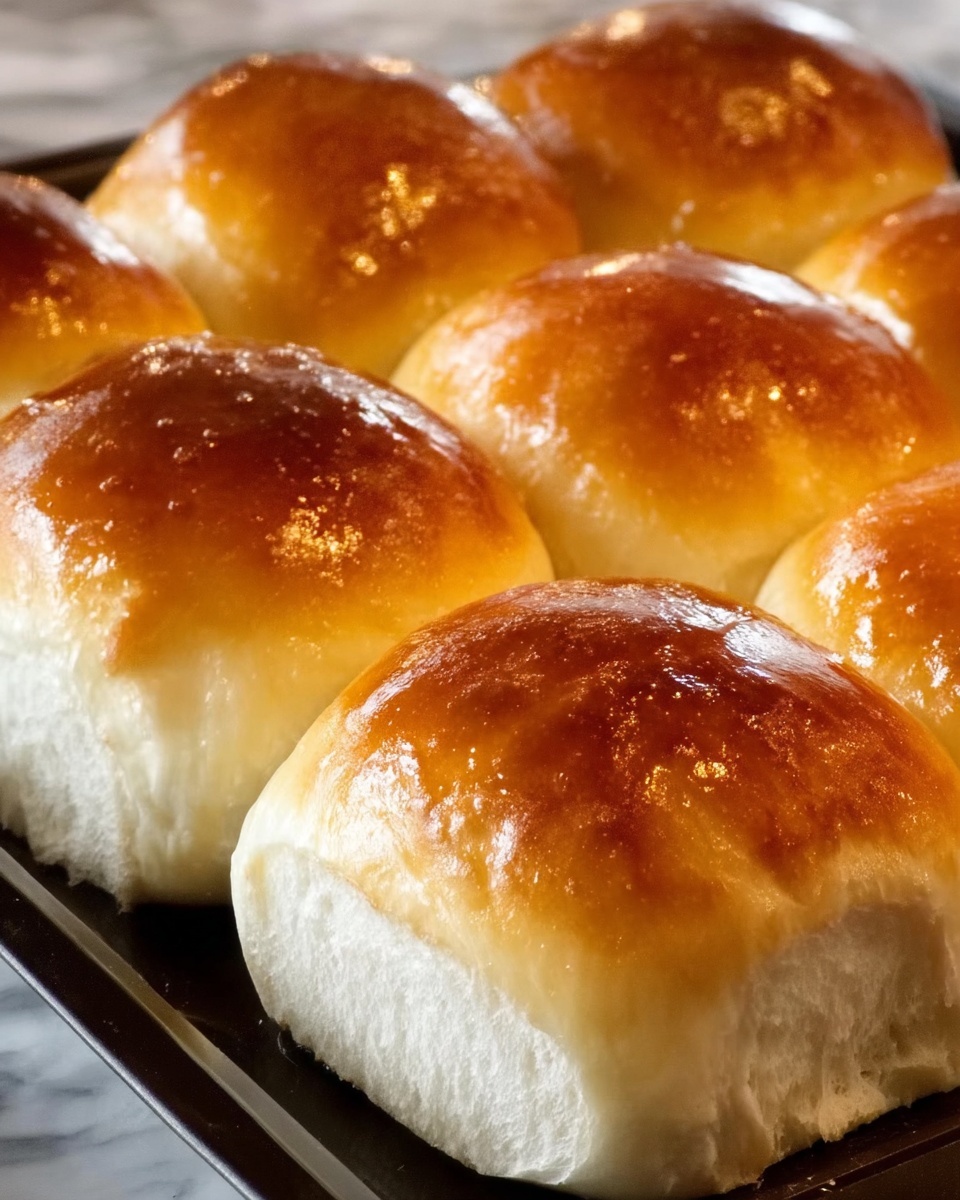
Ingredients You’ll Need
These ingredients are straightforward yet powerful in delivering the soft, buttery texture and subtle sweetness that make Parker House rolls so beloved. Each one plays a critical role, from the yeast that helps them rise to the melted butter that seals in flavor and keeps the crumb delightfully tender.
- Active dry yeast (1 packet / 2 1/4 teaspoons): The magic agent that gets your dough rising beautifully and airy.
- Warm water (1/4 cup): Helps activate the yeast, making sure your rolls get that perfect fluff.
- Warm milk (1 cup): Adds moisture and tenderness, giving the rolls their soft crumb and a little hint of richness.
- Sugar (2 tablespoons): Sweetness balances the buttery flavor and helps the yeast do its job faster.
- Salt (1 teaspoon): Enhances overall flavor and keeps the dough balanced.
- Unsalted butter, melted (1/4 cup plus more for brushing): Provides that irresistible buttery finish and softness on the inside.
- Large egg (1): Adds richness and helps bind the dough for a tender crumb.
- All-purpose flour (3 1/2 to 4 cups): The base of the dough, essential for structure and texture.
How to Make Parker House Rolls: Soft, Buttery Perfection Recipe
Step 1: Activate the Yeast
Start off by dissolving the yeast in warm water with a pinch of sugar. This step is crucial because it wakes up the yeast, making it foamy and alive – a clear sign that your dough is about to rise to delicious heights.
Step 2: Mix the Dough
In a large bowl or your stand mixer, combine warm milk, sugar, salt, melted butter, and the egg to create a luscious base. Stir in the activated yeast, then gradually add the flour. Go slow here – you want to end up with a soft, slightly sticky dough that’s just begging to be kneaded.
Step 3: Knead the Dough
Turn your dough out onto a floured surface and knead with love for about 8 to 10 minutes until it’s smooth and elastic. This builds gluten, ensuring the rolls will have that perfect bounce. If kneading isn’t your favorite task, a stand mixer with a dough hook works wonders – just keep an eye on the dough’s texture, adding more flour if necessary.
Step 4: Let the Dough Rise
Transfer the dough to a greased bowl, cover it with a clean towel, and let it rise in a warm spot for about an hour, or until doubled in size. This rise is what gives the rolls their incredible fluff and lightness.
Step 5: Shape the Rolls
After punching down the dough, roll it out to roughly half an inch thick. Use a round cutter about 2 to 3 inches in diameter to cut circles. Brush each circle with melted butter, fold them in half, and gently press the edges to seal. This folding is what creates the classic Parker House roll shape loaded with buttery goodness inside.
Step 6: Second Rise
Place your folded rolls close together on a greased baking sheet, cover, and let them rise again for 30 to 45 minutes. You’ll notice them puff up beautifully, ready to turn golden and inviting in the oven.
Step 7: Bake to Golden Perfection
Preheat your oven to 350°F (175°C) and bake the rolls for 15 to 20 minutes. Keep an eye on them – once tops are golden brown, your rolls are done. Don’t resist the temptation to brush them with more melted butter right out of the oven; this simple step gives these Parker House Rolls: Soft, Buttery Perfection Recipe their signature shiny, irresistible finish.
How to Serve Parker House Rolls: Soft, Buttery Perfection Recipe
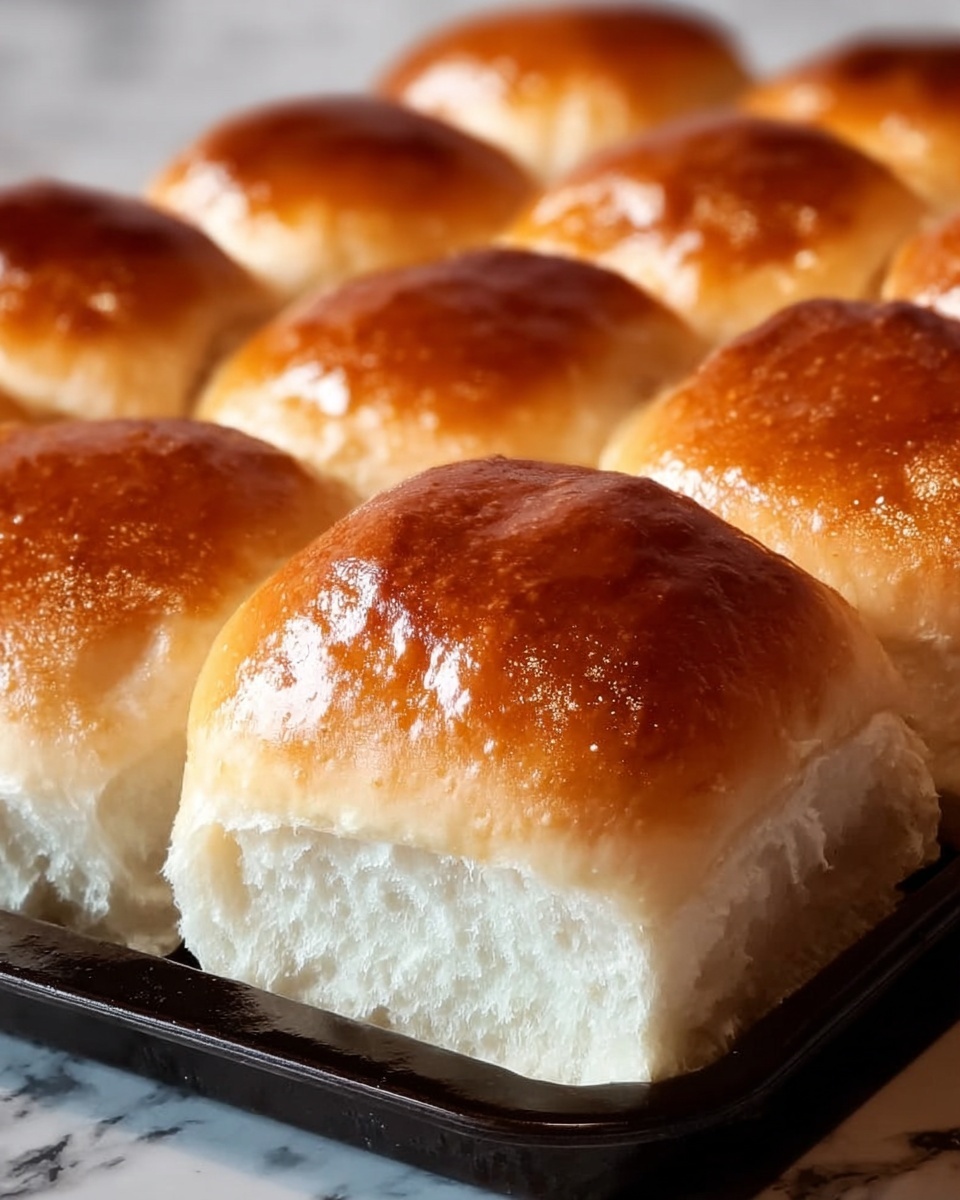
Garnishes
While these rolls are delicious all on their own, a little extra melted butter brushed on top or a sprinkle of flaky sea salt can elevate them even more. For a festive touch, finely chopped herbs like parsley or chives can add a fresh color and flavor pop.
Side Dishes
These rolls are the perfect sidekick to hearty soups, stews, or holiday roasts. Think Thanksgiving turkey, honey-glazed ham, or a creamy chicken pot pie. Their rich, buttery softness balances salty or savory mains wonderfully and soaks up sauces like a dream.
Creative Ways to Present
For a crowd-pleasing look, arrange the baked Parker House rolls in a warm, buttered cast iron skillet or a decorative basket lined with a pretty cloth napkin. You might also serve them as sliders, stuffing the inside with fried chicken or a savory filling for a fun twist.
Make Ahead and Storage
Storing Leftovers
If you find yourself with extra rolls, store them in an airtight container at room temperature for up to two days. This keeps them soft and fresh, ready to be enjoyed the next day.
Freezing
To keep your Parker House Rolls: Soft, Buttery Perfection Recipe fresh longer, freeze them. Wrap cooled rolls individually in plastic wrap and place them in a freezer bag. They’ll stay perfectly delicious for up to three months, making your future breakfasts or dinners stress-free.
Reheating
Reheat the rolls gently by warming them in a low oven (around 300°F or 150°C) for 10 minutes or microwaving wrapped in a slightly damp paper towel for 15-20 seconds. Brush with melted butter again for that fresh-out-of-the-oven feel.
FAQs
Can I use instant yeast instead of active dry yeast?
Absolutely! Instant yeast can be used, but since it doesn’t need to be dissolved in water first, add it directly to the dry ingredients. You may need to adjust the liquid slightly, but the end result will still be wonderfully soft rolls.
Why do I need to fold the dough circles before baking?
Folding the circles creates the unique shape and the signature layered, buttery texture of Parker House rolls, giving you that perfect combination of crisp edges and soft, tender interiors.
Can I substitute milk with a non-dairy alternative?
Yes, non-dairy milks like almond, soy, or oat milk can be used. Choose an unsweetened variety for best results and ensure it’s warmed to activate the yeast properly.
How do I know when the dough has risen enough?
The dough should roughly double in size and look puffy and soft. You can gently poke it with a finger – if the indentation remains, it’s ready for the next step.
Can I make these rolls without butter?
Butter is key to achieving that rich flavor and soft texture. If necessary, you could use margarine or a buttery-flavored oil substitute, but the rolls won’t have quite the same authentic taste and softness.
Final Thoughts
Now that you’ve discovered the secret to these melt-in-your-mouth beauties, I hope you’ll give the Parker House Rolls: Soft, Buttery Perfection Recipe a try in your own kitchen. They’re not just rolls; they’re the warm, buttery welcome your table deserves. Once you taste that first golden, tender bite, you’ll understand why this recipe has stood the test of time and why it will become a cherished staple in your baking repertoire too.
Print
Parker House Rolls: Soft, Buttery Perfection Recipe
- Prep Time: 20 minutes
- Cook Time: 20 minutes
- Total Time: 2 hours 5 minutes
- Yield: 12 servings
- Category: Bread
- Method: Baking
- Cuisine: American
Description
Parker House Rolls are soft, buttery, and slightly sweet yeast rolls featuring a tender crumb and a golden, buttery crust. Perfect for holiday dinners or as a comforting side, these classic rolls are made by folding dough circles before baking, creating their signature shape and texture.
Ingredients
Yeast Mixture
- 1 packet (2 1/4 teaspoons) active dry yeast
- 1/4 cup warm water (about 110°F/45°C)
- Pinch of sugar (for activating yeast)
Dough
- 1 cup warm milk (about 110°F/45°C)
- 2 tablespoons sugar
- 1 teaspoon salt
- 1/4 cup unsalted butter, melted (plus more for brushing)
- 1 large egg
- 3 1/2 to 4 cups all-purpose flour
Instructions
- Activate the Yeast: In a small bowl, dissolve the yeast in warm water with a pinch of sugar. Let it sit for about 5-10 minutes until foamy, indicating the yeast is active.
- Mix the Dough: In a large bowl or stand mixer, combine warm milk, sugar, salt, melted butter, and egg. Stir in the activated yeast. Gradually add flour, 1 cup at a time, until a soft dough forms.
- Knead the Dough: Knead dough on a floured surface for 8-10 minutes until smooth and elastic, or use a stand mixer with a dough hook. Add more flour if dough is sticky.
- First Rise: Place dough in greased bowl, cover with a towel, and let it rise in a warm place for 1 hour or until doubled in size.
- Shape the Rolls: Punch down dough and roll out on floured surface to 1/2-inch thickness. Cut 2-3 inch circles using a round cutter. Lightly brush tops with melted butter, fold circles in half, and press edges to seal.
- Second Rise: Arrange folded rolls close together on a greased baking sheet. Cover with towel and let rise for 30-45 minutes until puffed.
- Preheat the Oven: Preheat oven to 350°F (175°C).
- Bake the Rolls: Bake rolls for 15-20 minutes until golden brown on top.
- Brush with Butter: Remove from oven and immediately brush with melted butter for a shiny, buttery finish.
- Serve: Serve warm with extra butter or your favorite spreads.
Notes
- Ensure liquids are warm (about 110°F) for proper yeast activation, not too hot to kill yeast.
- Kneading is key to develop gluten and achieve soft texture.
- Letting rolls rise twice ensures lightness and fluffiness.
- Brush with butter before folding and after baking for maximum flavor and softness.
- Use a sharp cutter to get clean edges for folding.
- Store leftover rolls in an airtight container to retain softness.

